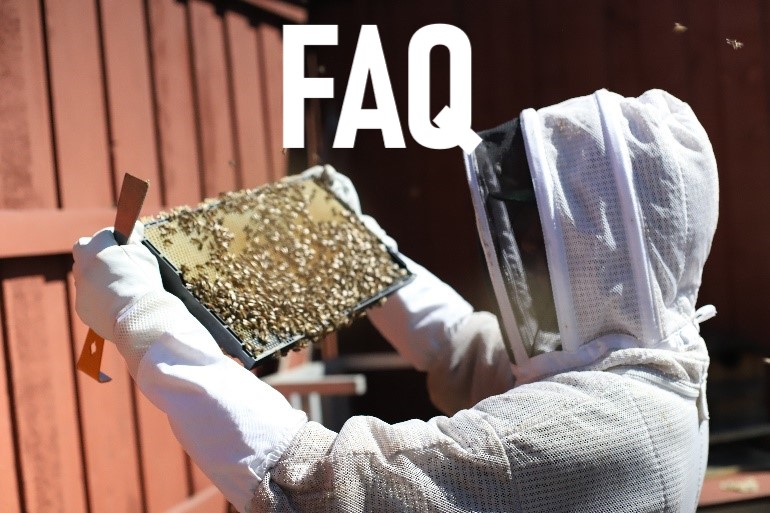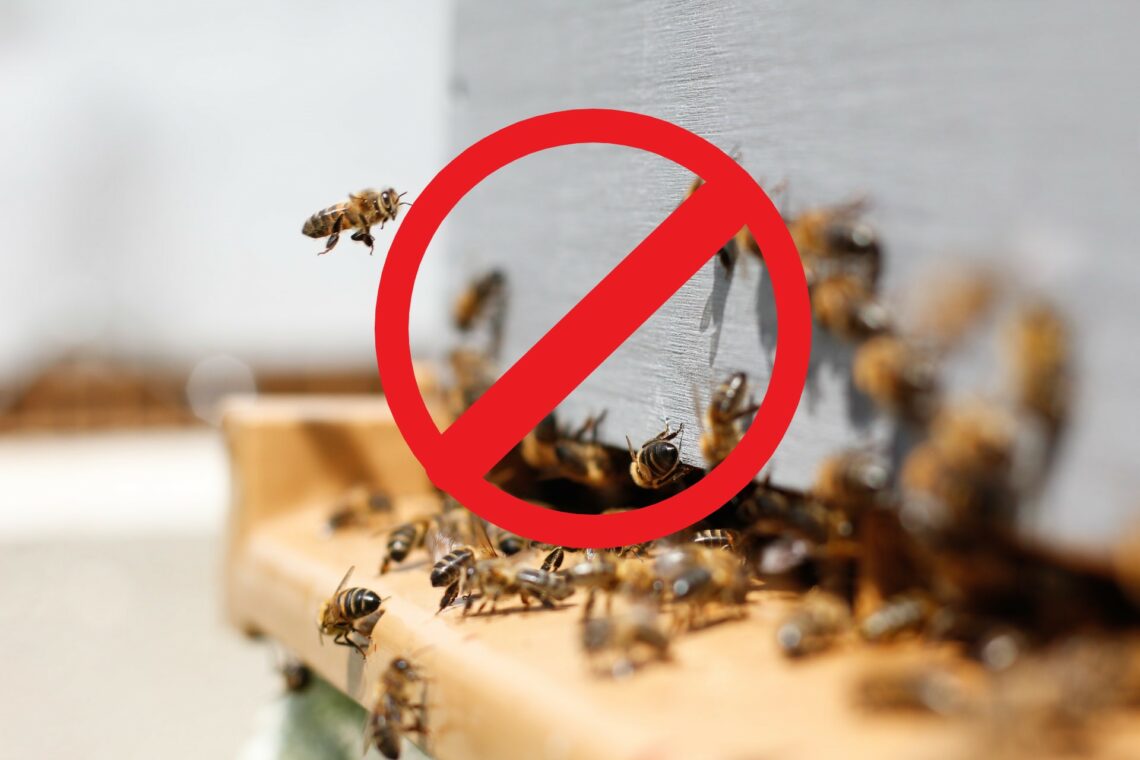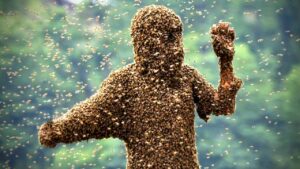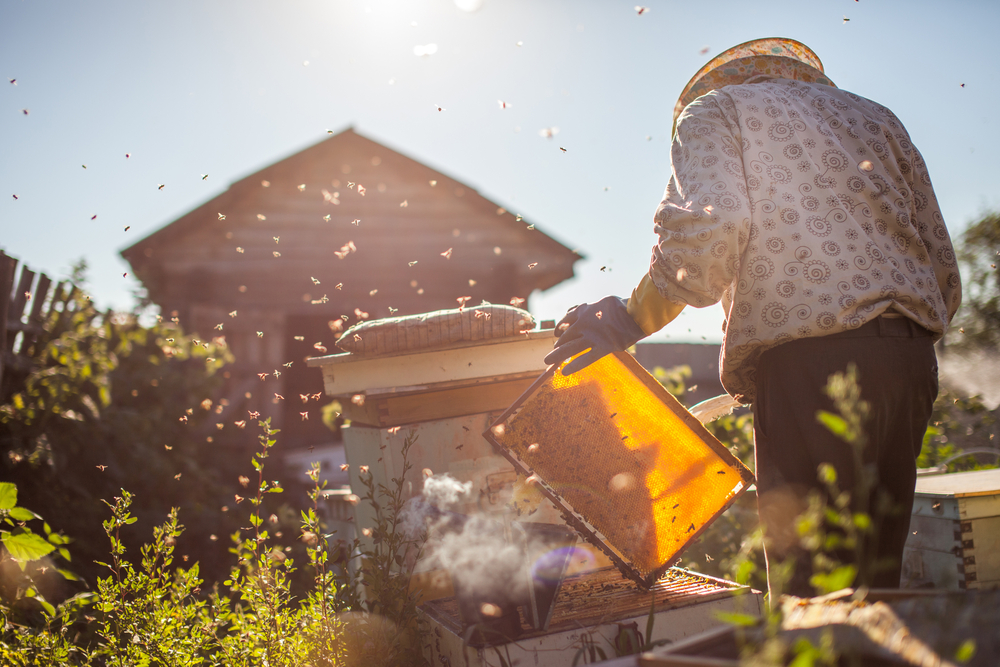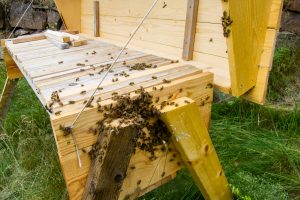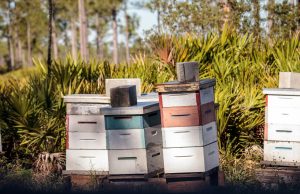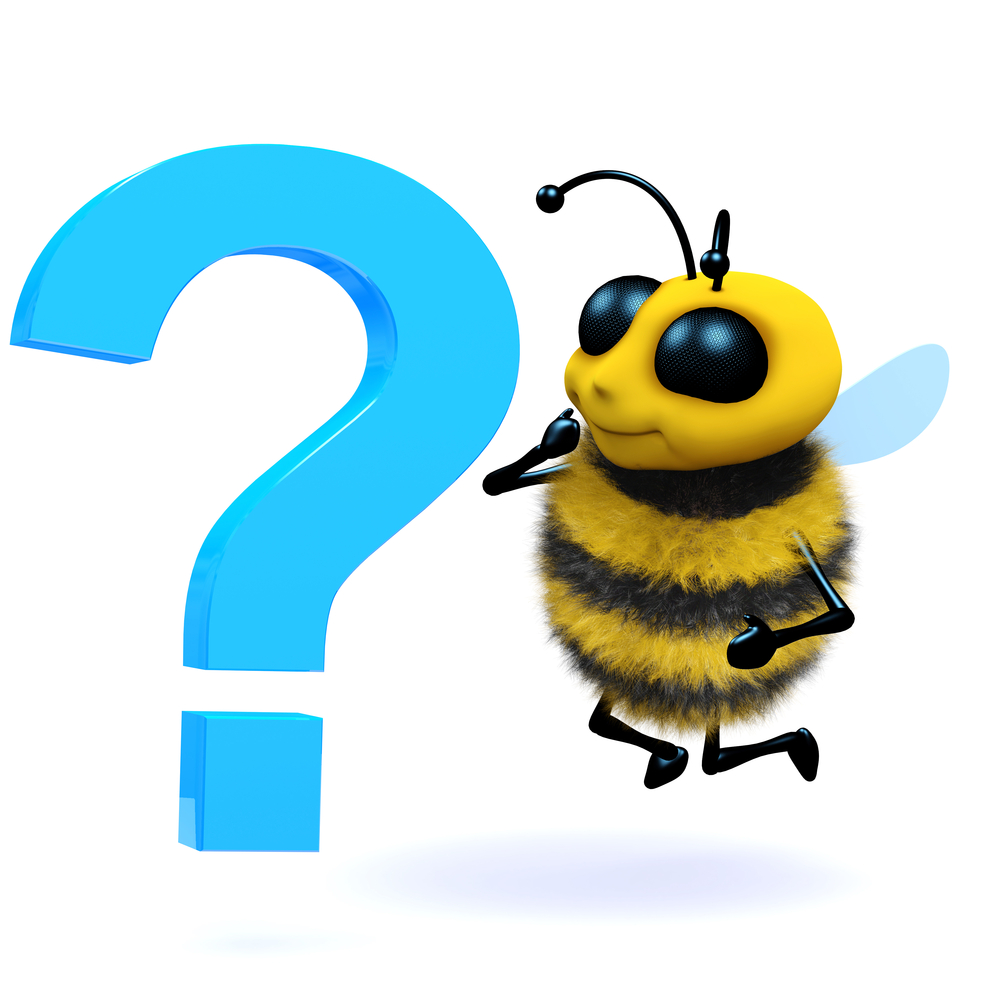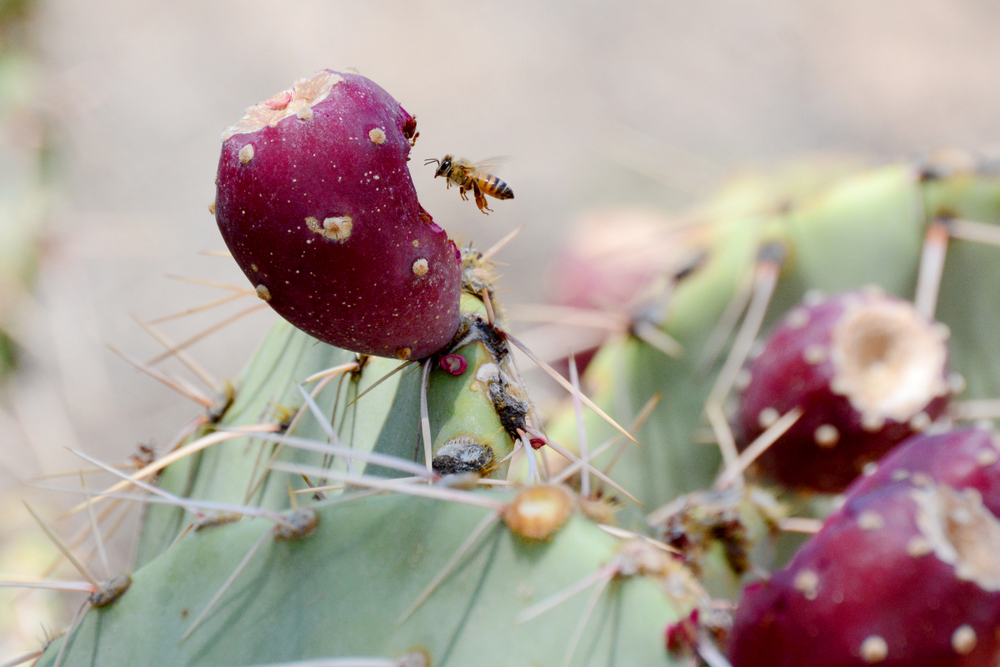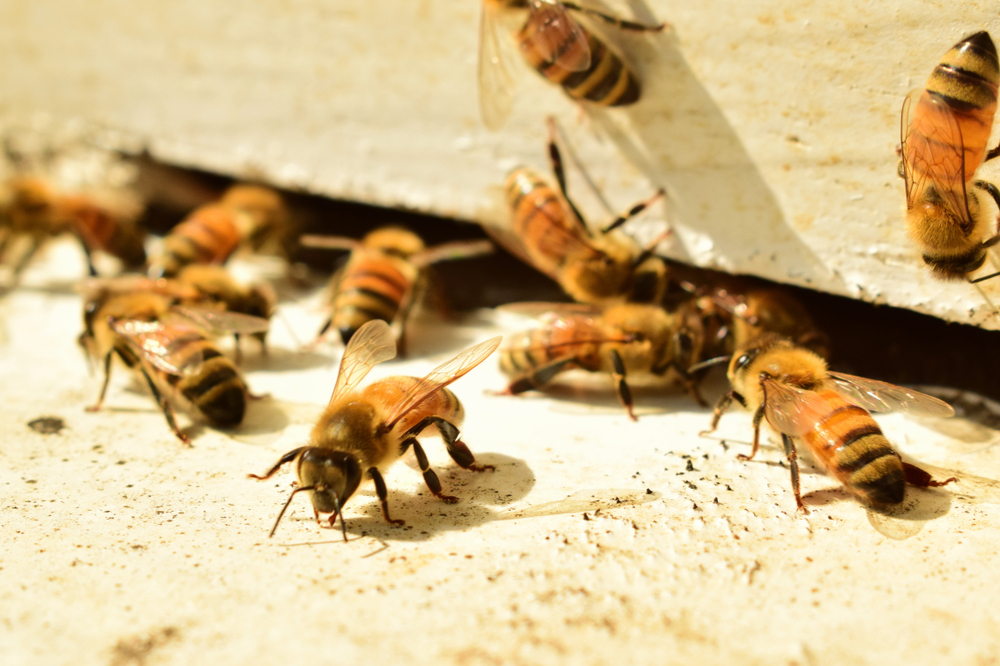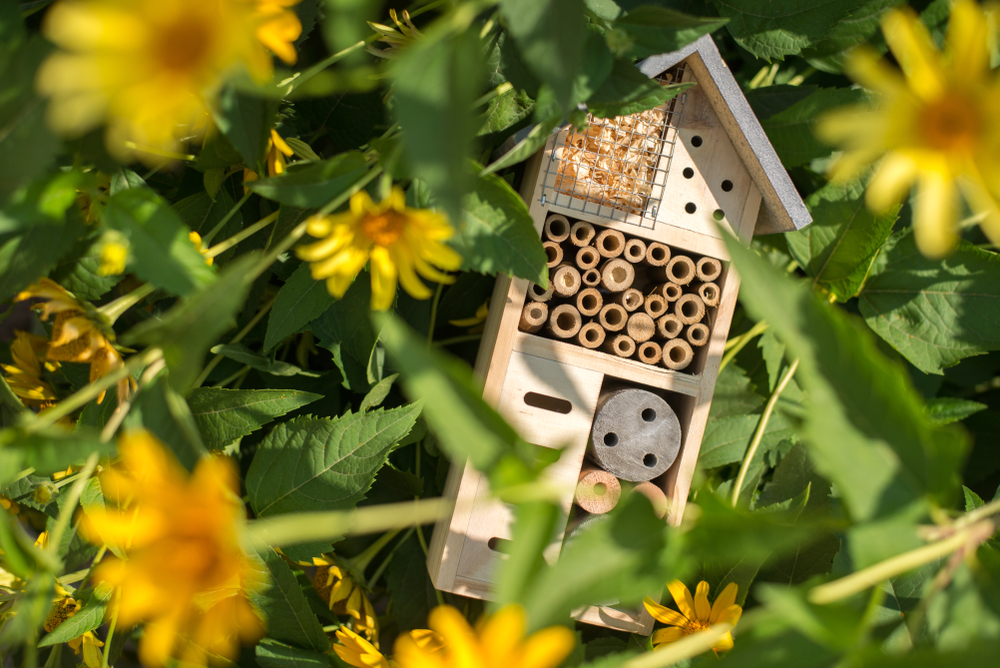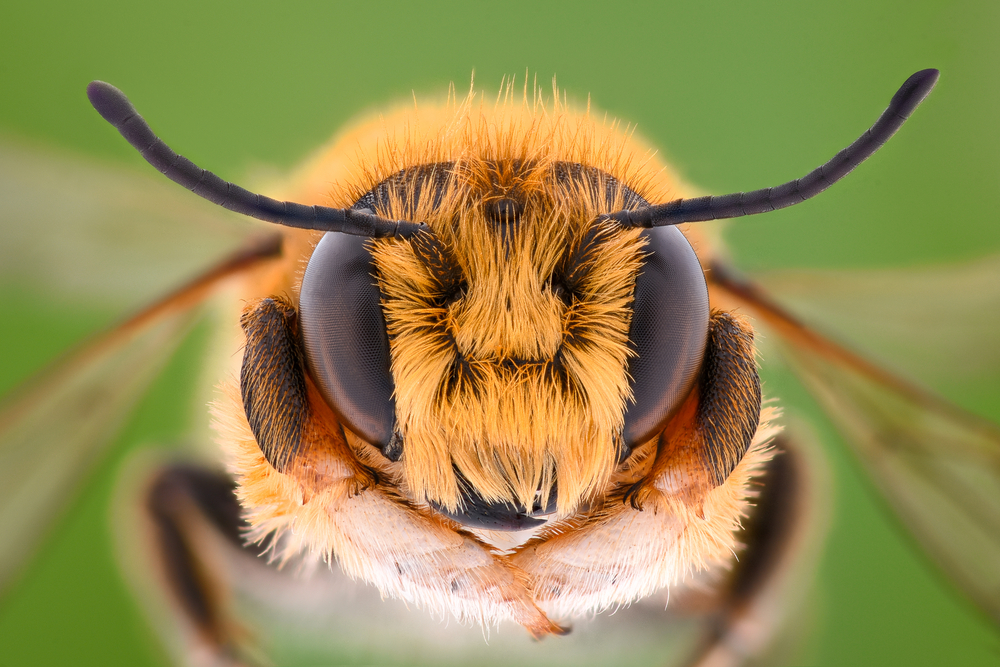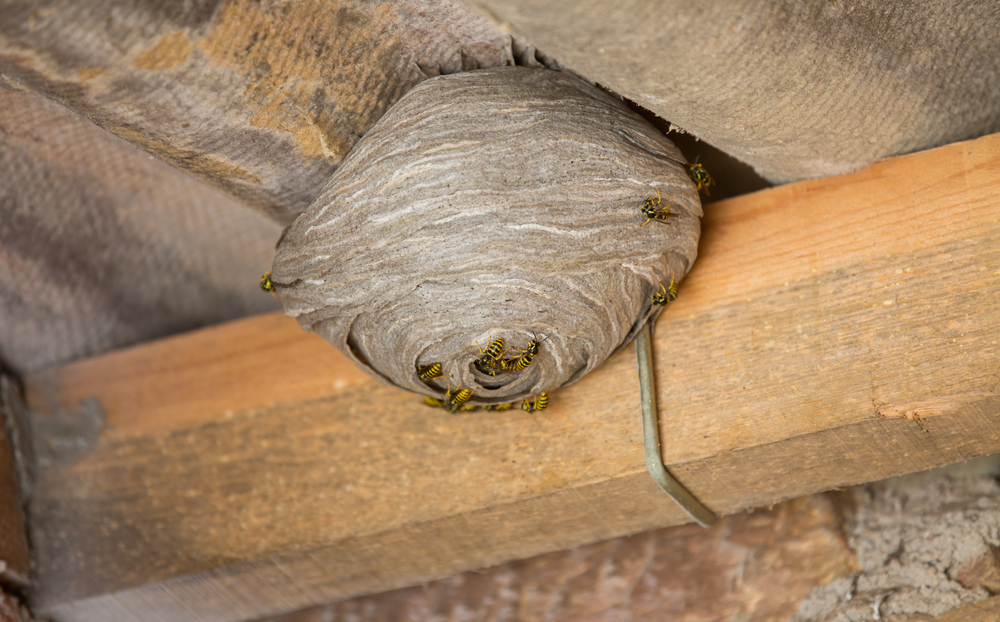There is a lot of misinformation and common errors about Bee Removals, and this could lead to several injuries, accidents, or environment damage. That’s why we decided to create a post of Frequently Asked Questions (FAQ) about Bee Removal.
What happens if I kill the bees but don’t remove the hive?
Removing the bees is not the best option because the hive leaves pheromones and the bees are always attracted to these pheromones. Killing the bees is only a temporary solution. Over and over again, new swarms and bees are attracted to the same area. The best recommendation is to hire a professional and remove the hive.
How long do the bees stay after the hive is removed?
It is very common after a hive is removed for some bees to cluster around where the hive was because they were not in the hive during removal, these bees are called “stragglers”. And those straggler bees will only be there for a week or two before they either die or leave the site.
Do you offer a guarantee for your work?
Yes! We offer a 30-day warranty after removal or destruction has taken place. This guarantee applies when the bees or wasps begin to create a nest or hive in the same place where the work was previously carried out. If the bees or wasps create a hive elsewhere, the guarantee will not apply.
In addition, we have a 1-year warranty. This applies to our removals or exterminations that involve structural repair.
Are all your removals ecological?
Unfortunately, not all removals are environmentally friendly. If the hive is in an inaccessible place or if bees pose a serious threat to homeowners, instead of removing or relocating them, they are eliminated in a safe way for the people. In all scenarios we save as many bees as possible to help the environment.
Is it illegal to kill bees?
You won’t go to jail if you do, which means it’s not illegal to kill bees. But it is not a well-considered custom, due to the impact bees have on the ecosystem and how they help us in various ways.
Do you make structure repairs?
We offer the repair service, but it is an additional fee. This is how we offer the option of repairing or not to our customers.
How do you safely remove bees without killing them?
Bees are vacuumed or moved by hand in a special bee box. Then we carefully cut the wax honeycomb full of honey, pollen and brood and recover what we can. Then we give the bees a new home.
How much does bee removal cost?
Most jobs can be quoted with a few questions and pictures. There is no specific fee because the hive could be in different places on your property and the price varies depending on the location.
Why are there bees in my house?
The bees get together and create a swarm to build a hive where the swarm is located. It is much cheaper to remove a swarm than a hive, since hives are usually inside walls or enclosed areas.
Our recommendation is to call a bee specialist as soon as possible to avoid structural damage and save money.

